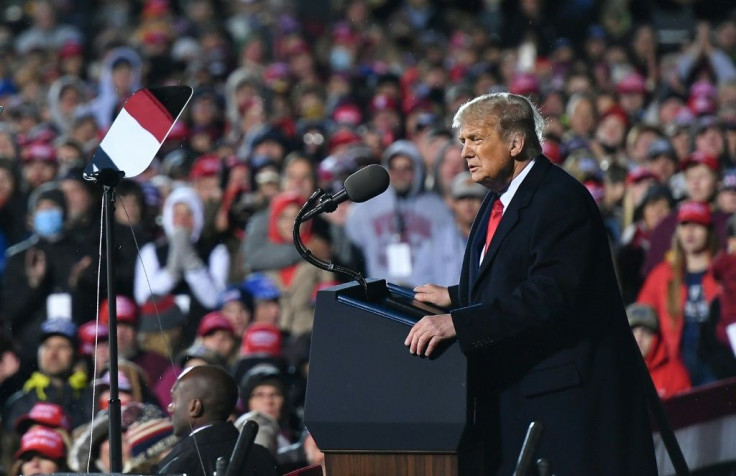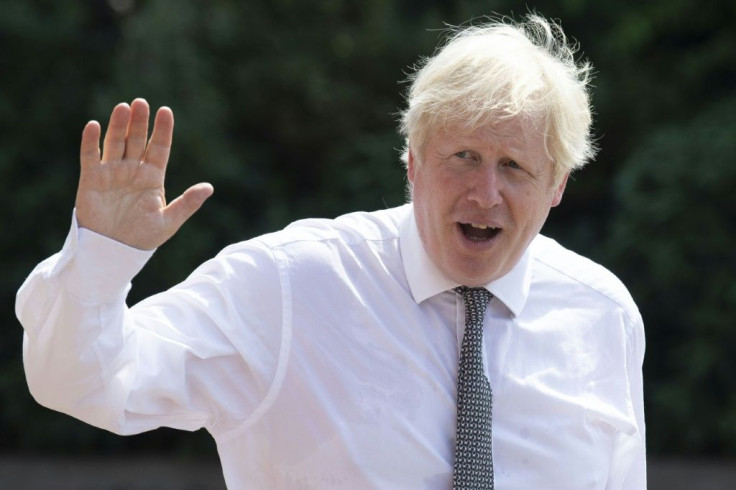What Is The 25th Amendment And How Is It Invoked?
KEY POINTS
- Donald Trump has tested positive for COVID-19, prompting conversations about the use of the 25th Amendment to temporarily remove him from office should his symptoms be severe
- The amendment has only been invoked three times before. The vice president assumes the role of acting president until the president can again execute his office
- The president has been reported to have cold-like symptoms.
Following a positive COVID-19 test result from President Donald Trump, discussions have begun once more about the possible invocation of the 25th Amendment.
The president’s age puts him in a high-risk demographic for the virus, and if he begins to suffer symptoms a protracted period of intensive recovery is certainly a possibility. It is worth noting that plenty of people who test positive for COVID-19 do not end up expressing symptoms. The New York Times reported that Trump showed some cold-lile symptoms.
Vice President Mike Pence, who would assume the duties of the presidency should Trump become unable to execute them, tested negative for the virus.
What is the 25th Amendment?
Ratified in 1967, the 25th Amendment clarifies the presidential line of succession. Written after the Kennedy assassination and during the height of the Cold War, it is designed to ensure that there is no question of who is in charge should the president the incapacitated or unfit without being killed outright.
The amendment has several sections and performs two main practical functions: It gives the president the power to temporarily transfer power to the vice president should the president expect to be incapacitated for a period, and it gives the executive cabinet and vice president the power to vote to remove the president from office should he be unfit but unable or unwilling to cede control.
The president can resume his position when he recovers via an official letter. If he was removed by the cabinet and vice president, they may contest the letter at which point the matter moves to congress for a decision.

Recent History of the 25th Amendment
It’s rarely used, only coming into play three times since its inception. Reagan unofficially turned power over to his vice president George Bush once, and Geroge Bush Jr. officially withdrew twice in 2002 and 2007. All were the result of colonoscopies that would render the presidents unable to conduct their job should an emergency arise during their recovery period.
The 25th Amendment came up before during Trump's presidency when author Michael Wolff alleged in an interview about his book “Fire and Fury” that talk of using the amendment was “alive every day.” He said that aides doubted Trump’s mental fitness for office and wondered among themselves whether the amendment could be used without a specific incident rendering a president unfit.

Now discussion of invoking it has resumed in response to Trump’s positive COVID-19 test. The virus can be debilitating, especially among the elderly, and can require a long period of convalescence. The rate of actual symptom expression among those who test positive is around 50% in some measured populations.
It’s anyone’s guess, however, whether Donald Trump would be actually willing to sign away the powers of his presidency even temporarily. Should he fall ill enough that he cannot do so, his cabinet and vice president would be left with a difficult decision between forcibly taking his position away or allowing the nation to go without official leadership until he recovers.
© Copyright IBTimes 2025. All rights reserved.





















